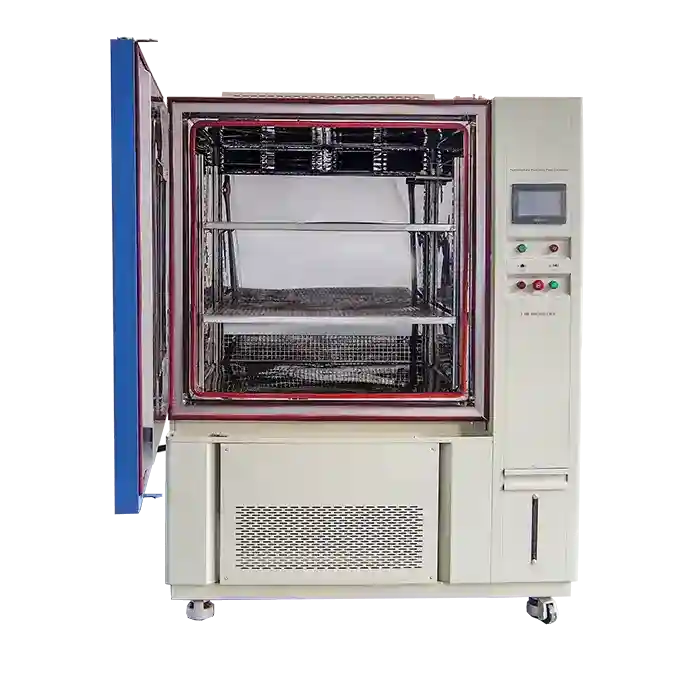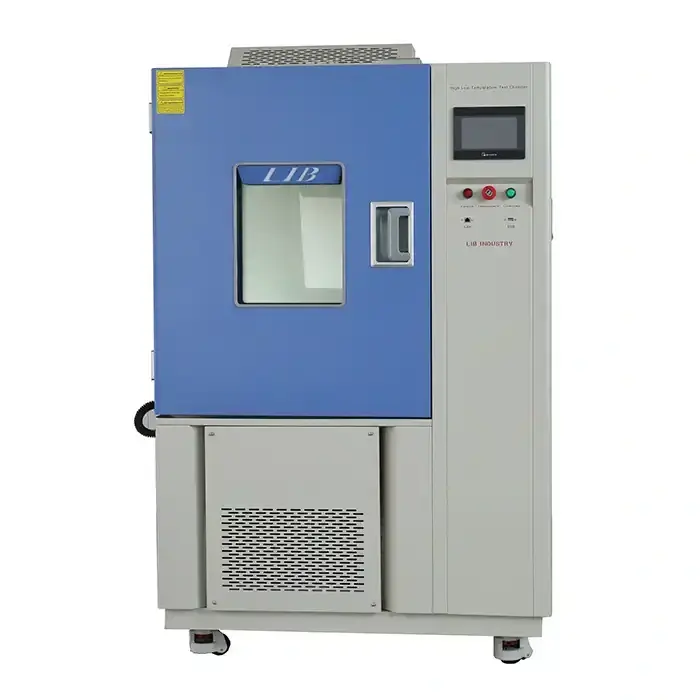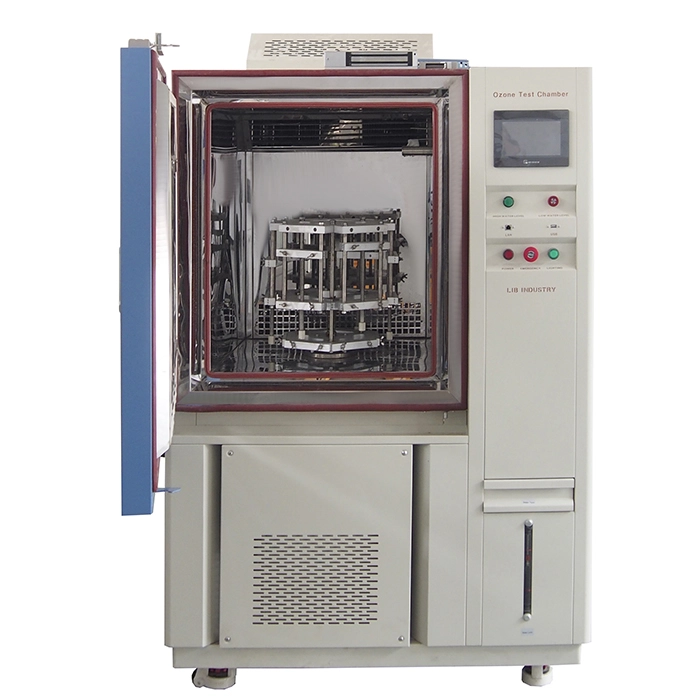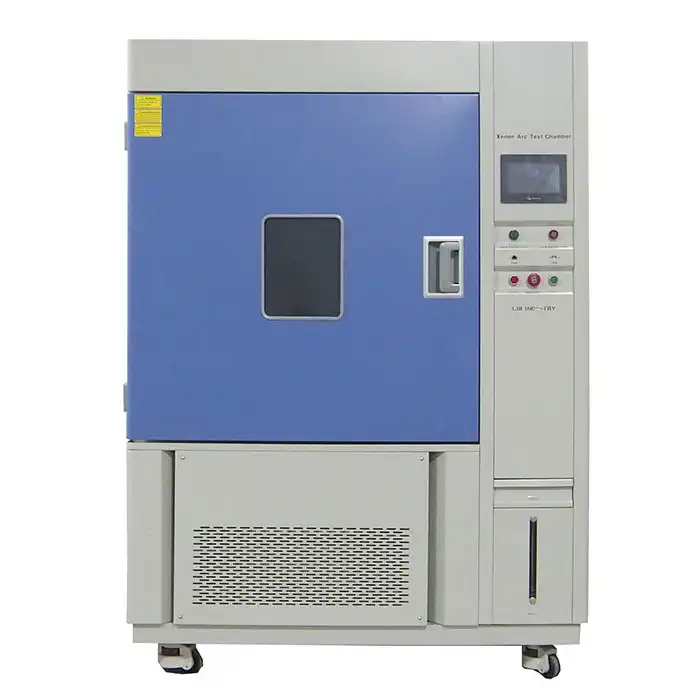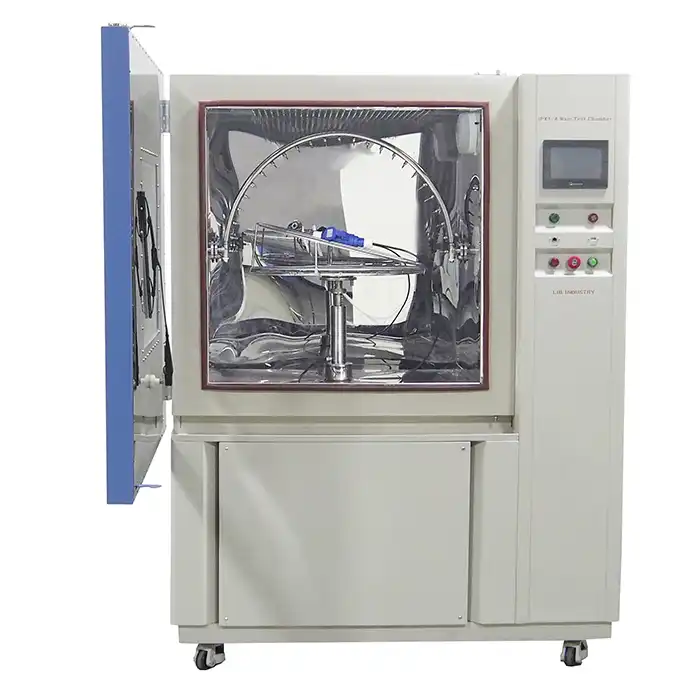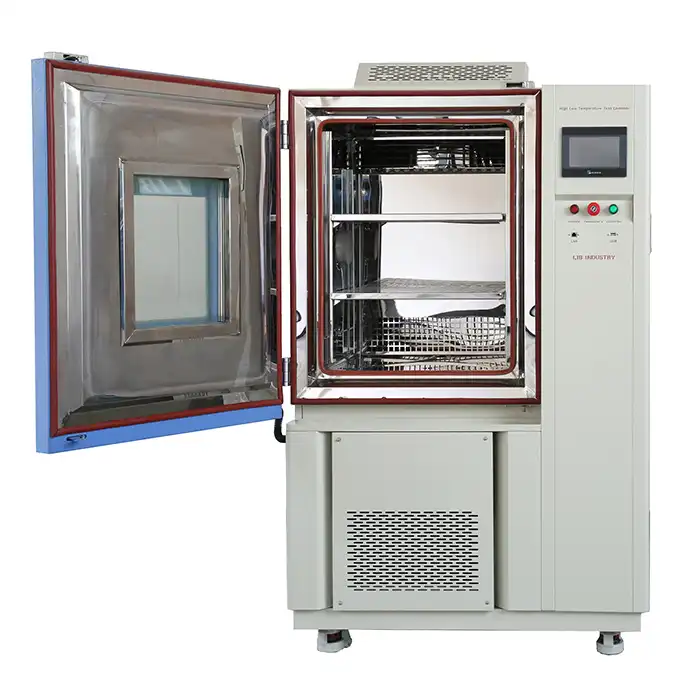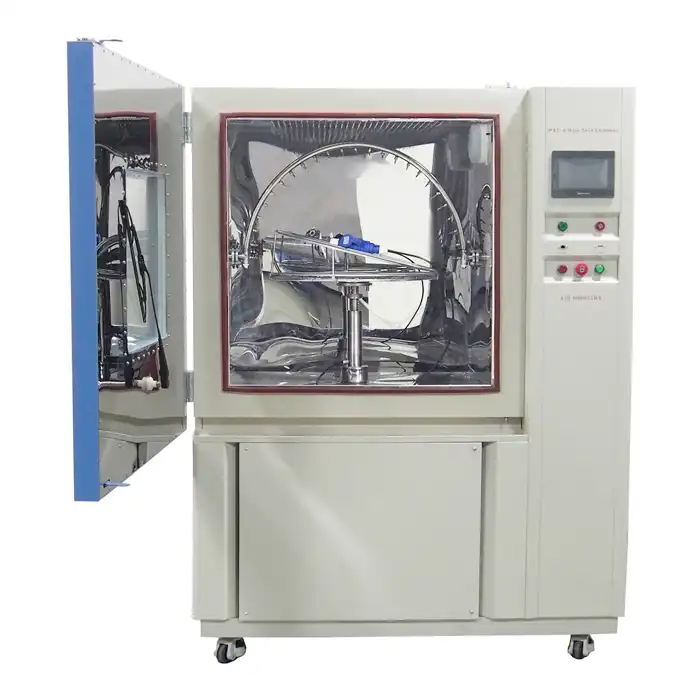How do I maintain a small humidity chamber?
Small humidity chambers are indispensable tools for various industries, from electronics manufacturing to pharmaceutical research. These compact devices create controlled environments with specific humidity levels, crucial for testing, storage, and experimentation. However, to ensure optimal performance and longevity, proper maintenance is essential. This comprehensive guide will walk you through the intricacies of maintaining a small humidity chamber, helping you preserve its functionality and accuracy.

Understanding the Basics of Small Humidity Chambers
Before delving into maintenance procedures, it's vital to grasp the fundamentals of small humidity chambers and their components. This knowledge will empower you to perform maintenance tasks more effectively and troubleshoot potential issues with confidence.
Key Components of a Small Humidity Chamber
Small humidity chambers comprise several critical components that work in tandem to maintain precise humidity levels. These include the humidity sensor, water reservoir, heating element, and circulation fan. Each part plays a crucial role in creating and maintaining the desired environmental conditions within the chamber.
Principles of Humidity Control
Understanding how humidity is regulated within the chamber is crucial for effective maintenance. Small humidity chambers typically use either vapor saturation or desiccant-based systems to control moisture levels. Familiarity with these mechanisms will help you identify potential issues and perform maintenance tasks more efficiently.
Importance of Regular Maintenance
Regular maintenance is paramount for the optimal performance of your small humidity chamber. Neglecting maintenance can lead to inaccurate readings, reduced efficiency, and potentially costly repairs. By implementing a consistent maintenance routine, you can extend the lifespan of your equipment and ensure reliable results in your experiments or processes.
Essential Maintenance Procedures for Small Humidity Chambers
To keep your small humidity chamber in peak condition, it's crucial to follow a comprehensive maintenance routine. Here are the key procedures you should incorporate into your regular maintenance schedule:
Cleaning and Sanitization
Regular cleaning is vital to prevent contamination and ensure accurate humidity control. Clean the interior surfaces of small humidity chamber with a mild, non-abrasive cleaner and a soft cloth. Pay special attention to corners and crevices where moisture can accumulate. For more thorough sanitization, consider using a diluted hydrogen peroxide solution, ensuring all surfaces are properly dried afterward.
Calibration and Sensor Maintenance
Accurate readings are the cornerstone of reliable humidity control. Regularly calibrate your humidity sensors using certified calibration solutions or compare readings with a high-quality reference hygrometer. Clean the sensors gently with a soft brush or compressed air to remove any dust or debris that might affect their performance.
Water System Maintenance
For chambers with water-based humidification systems, regular maintenance of the water reservoir is crucial. Drain and clean the reservoir periodically, checking for any signs of mineral buildup or algae growth. Use distilled or deionized water to refill the reservoir, as tap water can introduce impurities that may affect the chamber's performance or damage its components.
Advanced Maintenance Techniques for Optimal Performance
While basic maintenance procedures are essential, implementing advanced techniques can significantly enhance the performance and longevity of your small humidity chamber. These methods require a deeper understanding of the equipment but can yield substantial benefits in terms of accuracy and reliability.
Implementing Preventive Maintenance Schedules
Developing a detailed preventive maintenance schedule tailored to your small humidity chamber model is essential for optimal performance. This schedule should outline specific tasks such as routine inspections, cleaning, sensor calibration, and replacing worn components. Regular performance tests, including humidity and temperature accuracy checks, should also be included. By proactively addressing minor issues before they develop into major problems, you can reduce the risk of equipment failure, minimize downtime, and significantly extend the chamber's operational lifespan.
Optimizing Environmental Controls
Fine-tuning the environmental controls of your small humidity chamber is essential for optimizing both performance and energy efficiency. Regularly assess and adjust parameters such as temperature setpoints, humidity levels, and airflow to ensure they meet testing requirements. Upgrading to more accurate sensors and implementing advanced control algorithms can further enhance stability and precision. These adjustments not only improve test reliability but also help reduce energy consumption and operational costs over time, ensuring your chamber operates at peak efficiency.
Addressing Common Issues and Troubleshooting
Familiarizing yourself with common issues that may affect small humidity chambers, such as condensation, temperature fluctuations, and sensor drift, is crucial for effective maintenance. Create detailed troubleshooting protocols for each potential problem, ensuring prompt identification and resolution. This proactive strategy will minimize downtime, maintain consistent chamber performance, and reduce the need for costly repairs. Regularly reviewing and updating these procedures can further enhance the chamber’s reliability and efficiency, ensuring smooth operations.
Conclusion
Maintaining a small humidity chamber is a multifaceted process that requires attention to detail, regular care, and a deep understanding of the equipment. By following the comprehensive maintenance procedures outlined in this guide, you can ensure the longevity, accuracy, and reliability of your small humidity chamber. Remember that consistent maintenance not only preserves the functionality of your equipment but also contributes to the quality and reproducibility of your experiments or processes. Embrace these maintenance practices as an integral part of your laboratory or manufacturing routine, and you'll reap the benefits of a well-maintained small humidity chamber for years to come.
Contact Us
Are you looking for high-quality small humidity chambers or need expert advice on maintenance? LIB Industry specializes in providing turn-key solutions for environmental testing, including state-of-the-art humidity chambers. Contact us today at info@libtestchamber.com to learn more about our products and services, and how we can help optimize your environmental testing processes.
References
1. Johnson, A. (2022). Principles of Humidity Control in Environmental Chambers. Journal of Environmental Testing, 45(3), 112-128.
2. Smith, B., & Brown, C. (2021). Advanced Maintenance Techniques for Laboratory Equipment. Lab Manager Magazine, 16(2), 34-41.
3. Thompson, D. R. (2023). Optimizing Performance of Small-Scale Environmental Chambers. International Journal of Test and Measurement, 58(4), 567-582.
4. Garcia, M., & Lee, S. (2022). Calibration Methods for Humidity Sensors in Environmental Testing. Sensors and Actuators B: Chemical, 355, 131483.
5. Wilson, E. (2021). Best Practices in Environmental Chamber Maintenance. American Laboratory, 53(6), 22-28.
6. Chen, Y., & Patel, R. (2023). Energy Efficiency in Small-Scale Humidity Chambers: A Comprehensive Review. Energy and Buildings, 277, 112673.



